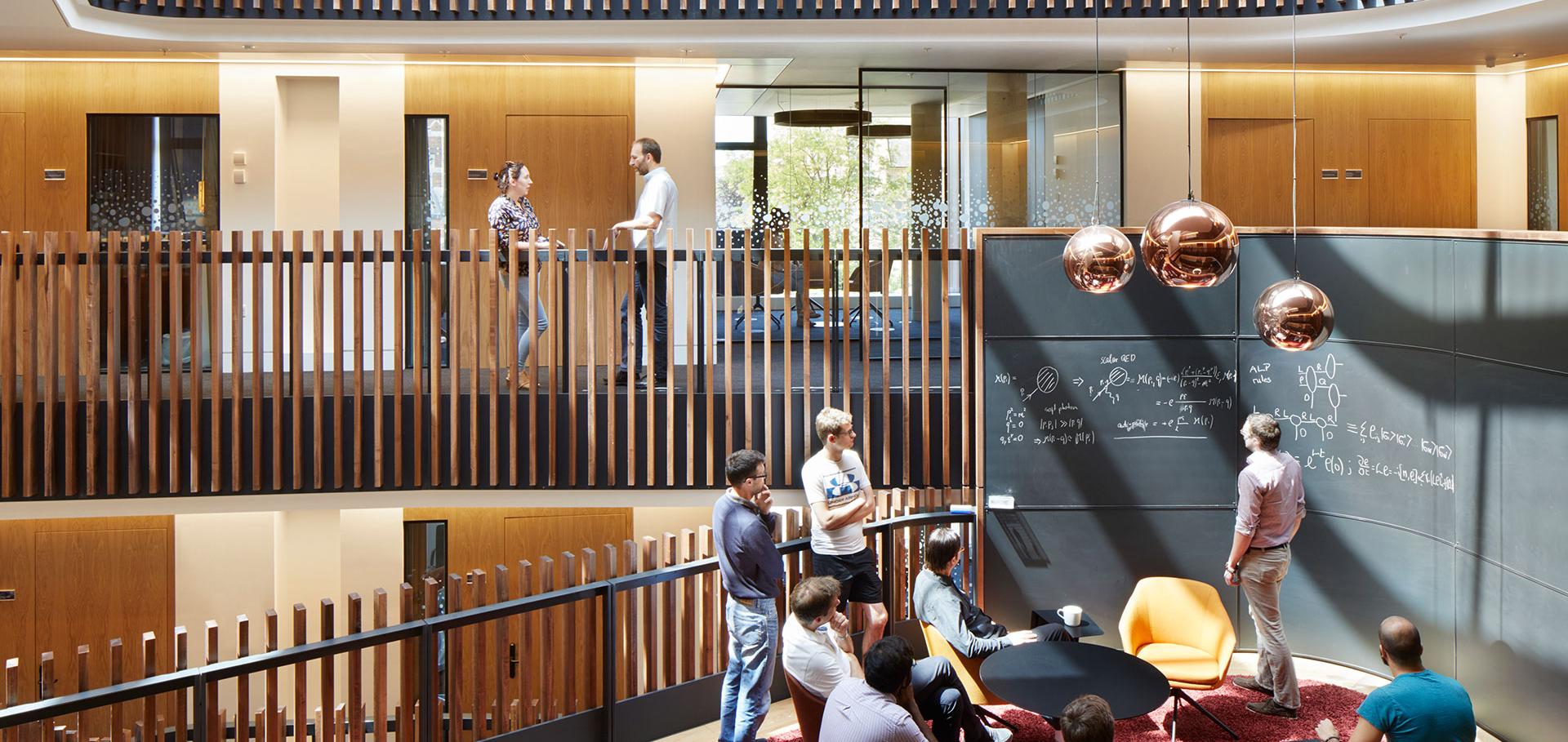Morphology of Active Deformable 3D Droplets
PHYSICAL REVIEW X American Physical Society (APS) 11:2 (2021) 21001
Abstract:
We numerically investigate the morphology and disclination line dynamics of active nematic droplets in three dimensions. Although our model incorporates only the simplest possible form of achiral active stress, active nematic droplets display an unprecedented range of complex morphologies. For extensile activity, fingerlike protrusions grow at points where disclination lines intersect the droplet surface. For contractile activity, however, the activity field drives cup-shaped droplet invagination, run-and-tumble motion, or the formation of surface wrinkles. This diversity of behavior is explained in terms of an interplay between active anchoring, active flows, and the dynamics of the motile disclination lines. We discuss our findings in the light of biological processes such as morphogenesis, collective cancer invasion, and the shape control of biomembranes, suggesting that some biological systems may share the same underlying mechanisms as active nematic droplets.Submersed Micropatterned Structures Control Active Nematic Flow, Topology and Concentration
(2021)
Investigating the nature of active forces in tissues reveals how contractile cells can form extensile monolayers
Nature Materials Nature Research 20:8 (2021) 1156-1166
Abstract:
Actomyosin machinery endows cells with contractility at a single-cell level. However, within a monolayer, cells can be contractile or extensile based on the direction of pushing or pulling forces exerted by their neighbours or on the substrate. It has been shown that a monolayer of fibroblasts behaves as a contractile system while epithelial or neural progentior monolayers behave as an extensile system. Through a combination of cell culture experiments and in silico modelling, we reveal the mechanism behind this switch in extensile to contractile as the weakening of intercellular contacts. This switch promotes the build-up of tension at the cell–substrate interface through an increase in actin stress fibres and traction forces. This is accompanied by mechanotransductive changes in vinculin and YAP activation. We further show that contractile and extensile differences in cell activity sort cells in mixtures, uncovering a generic mechanism for pattern formation during cell competition, and morphogenesis.Activity pulses induce spontaneous flow reversals in viscoelastic environments
(2021)
Bacteria solve the problem of crowding by moving slowly (Nov, 10.1038/s41567-020-01070-6, 2020)
NATURE PHYSICS (2021)

